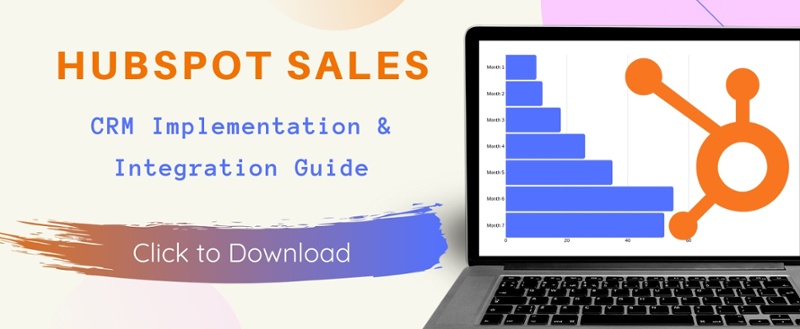Scenario analysis should occur multiple times throughout your CRM implementation project. It's used to determine your high-level CRM business goals and narrow in on effective and appropriate customer development strategies.
So, which stage of the CRM implementation roadmap involves scenario analysis?
The answer is, multiple stages... Planning and training. Here's the breakdown:
The Planning Stage
When first taking on a CRM implementation, it's important to get all major stakeholders and players on the same page. I do this by giving Sales a seat at the table with Marketing, Executive Leadership, and Growth.
There are three areas of focus:
- Targeting synergy (personas and company profiles)
- Methodology and process
- Accountability standards (where growth and marketing end and sales begins)
This means that we're discussing and analyzing different sales scenarios so we can reflect on what's important during the sales cycle itself and how it's going to be embedded/reflected in the CRM
You might ask why these things are important.
Targeting:
Building out personas (what's this?) and profiles during a collaborative round table helps your growth investments identify gaps and opportunities. You'd be amazed at how often sales and marketing are on different pages when it comes to basic things like who they're targeting and the messaging standards used. Synergy between your growth investments is key to making good ones.
Methodology & Process:
CRMs aren't magic bullets. They're not going to solve all of your problems; I don't care how expensive the tool is. There's still a certain way it needs to be driven in order for it (and sales in general) to be effective.
This is especially true if you're rolling out a modern CRM like Hubspot's Sales Hub (read the Hubspot CRM Review here), since it relies on foundational principles of inbound selling. Inbound leads require different treatment than outbound leads (or any other type of lead for that matter - read more about Inbound Sales Enablement), and your sales processes are going to be major drivers in how your CRM implementation project goes.
In order to execute properly prioritized CRM capabilities, you need to have a sales process that is properly prioritized.
Accountability Standards:
I like to use this stage to draw out who is responsible for what in a manner that leans into the intuition of sales and marketing. We start with MQL and SQL standards.
MQL is where marketing is held accountable. I embed these definitions into the CRM so it's visible and elevated when needed. Inside of Hubspot, it's on the left column in a contact record.
SQL is where sales is held accountable. I embed these definitions into the CRM as well, but it's positioned more like a discovery script. In a Hubspot CRM implementation, it's in the same location (on the left) but located inside of a deal record, not a contact record.
These accountability standards are good for outlining who is responsible for what, but they're also the blueprints for custom field engineering inside the CRM.
The Training Stage
Once the tools have been engineered, I'll walk through how to set everybody up while role-playing different scenarios in sales and deal management.
This is a critical juncture for feedback, which is critical for adoption later, so don't skip over it.
Areas of focus:
- Getting set up
- The Chase sequence
- Deal Management
Getting set up
We're never going to see it in action unless your team does the basic set up. Even this provides a window into different scenarios, since it will trigger real-life examples to explain why exactly you're doing it this way.
The Chase sequence
Your CRM should be able to support sales in their mission to close more deals. And it all starts when the lead is first generated. I'll roleplay this with the rainmakers taking on the new methodology pilot. In it, we cover:
- Clicking on notifications quickly
- Researching leads quickly
- Leveraging the embedded accountability standards (MQL) and script
- Using tasks to set the rhythm and cadence of the entire cycle
- Email templates, snippets, and other important tools
Deal management
CRM implementations cover the entire end-to-end customer management process, including the pipeline tools. This is typically triggered when a prospect agrees to go through your discovery call (but it depends on how your original workshop goes and whether you're trying to embrace inbound selling.
- Pipeline stages & exit requirements (and how the CRM enforces these)
- Email templates
- Inbound sales scripts and how they're embedded in the tools
Roleplaying the chase and deal management sequences allows us to analyze different scenarios to ensure the tools are properly deployed and leveraged.
There's typically a follow-up engineering initiative after the training so the feedback can be incorporated into the final implementation delivery.
Conclusion
Bring sales to the table during the planning phase, and then watch how they react to the training phase. Use these moments to analyze different scenarios and subsequently more effectively implement your CRM.
For a (Hubspot) CRM Roadmap and Implementation playbook, click HERE. It's a great tool for analyzing your typical sales scenarios as well as laying out the proper steps for capturing and supporting inbound sales methodology and CRM engineering.


